


3 scores max per player; No foul language, show respect for other players, etc.
Name | Score | Date | ||
|---|---|---|---|---|
| 1 | ||||
| 2 | ||||
| 3 | ||||
| 4 | ||||
| 5 | ||||
| 6 | ||||
| 7 | ||||
| 8 | ||||
| 9 | ||||
| 10 |
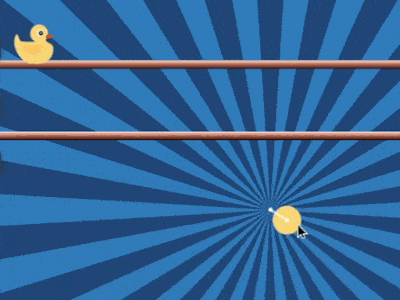
Game: DUCK SHOOT
Aim: Shoot as many ducks as you can
Method:
Use the catapult to shoot balls at the rows of ducks crossing the screen. Answer questions to win extra points.
Your final score is based on ducks hit or missed and the number of questions answered correctly.
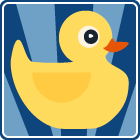
anonymous 🥰
"Which fraction is biggest"
The DUCK SHOOT game to practice
'Multiply simple fractions' for 6th grade
6th grade / Number / Fractions / Multiply fractions / Multiply simple fractions
With our Duck shoot math game you will be practicing the topic "Multiply simple fractions" from 6th grade / Number / Fractions / Fractions. The math in this game consists of 16 questions that ask you to multiply pairs of simple fractions and simplify your answers where possible.
6th grade : Fractions
Sections
5 sub categories:
- Fraction basics
- Add fractions
- Subtract fractions
- Multiply fractions
- Divide fractions
In Year 7 in the UK, students typically continue to build upon their understanding of fractions, which they started developing in earlier grades. Here's an overview of key concepts related to fractions that are commonly taught in Year 7:
Understanding Fractions: Students learn that fractions represent parts of a whole or a group. They understand that a fraction consists of a numerator (the number above the fraction line) and a denominator (the number below the fraction line). The numerator represents the number of parts being considered, while the denominator represents the total number of equal parts that make up a whole.
Equivalent Fractions: Students explore equivalent fractions, which are different fractions that represent the same value. They learn that equivalent fractions can be obtained by multiplying or dividing both the numerator and the denominator by the same number. For example, 1/2 is equivalent to 2/4, 3/6, and so on.
Comparing and Ordering Fractions: Students learn to compare fractions and order them from least to greatest or greatest to least. They understand that when fractions have the same denominator, the one with the larger numerator is greater. When fractions have different denominators, they convert them to equivalent fractions with a common denominator to compare.
Adding and Subtracting Fractions: Students begin to add and subtract fractions with the same denominator (for example, 1/4 + 2/4). They also learn to add or subtract fractions with different denominators by finding a common denominator and then adjusting the numerators accordingly.
Multiplying and Dividing Fractions: Students explore multiplication and division of fractions. They learn to multiply fractions by multiplying the numerators together and the denominators together. For division, they learn to invert the second fraction and multiply. For example, to divide 1/4 by 1/2, you multiply by the reciprocal, which is 2/1.
Fractions in Real-Life Contexts: Students apply their understanding of fractions to real-life situations, such as measurements, recipes, and problem-solving scenarios. They learn to interpret and solve word problems involving fractions.

DUCK SHOOT is a fun game to learn math where you attempt to knock over all the fairground ducks in each level. In the first level there are only 6 ducks but by level 10 there are 24 fast moving "quackers quacking"...
After each level, win an additional 20 points by correctly answering a math question from your selected topic. There is no timer in this game: take as long as you like to answer the math questions correctly for a best score to get you on the DUCK SHOOT leaderboard.
Notes
- This is a fun game of knocking over as many tin ducks as you can
- Also suitable for tablets and mobiles (it's actually more fun than with a mouse)
- Answer math questions correctly for a higher score
- No timer element, you can relax and concentrate on getting your math right!
UXO * Duck shoot * The frog flies * Pong * Cat and mouse * The beetle and the bee
Rock fall * Four in a row * Sow grow * Choose or lose * Mix and match

Latest leaderboard entries: Duck shoot




How to play DUCK SHOOT to practice
'Multiply simple fractions' for 6th grade
DUCK SHOOT is a fairground themed game of knocking ducks off the rails to win points.
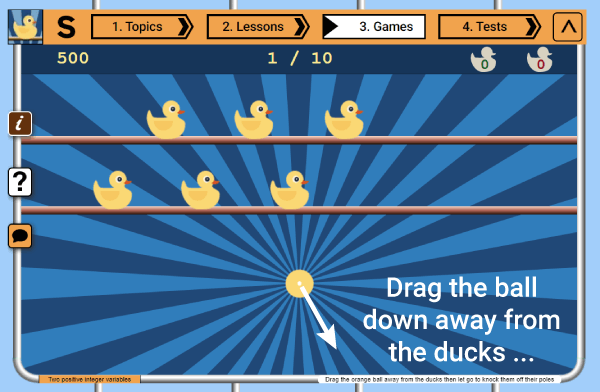
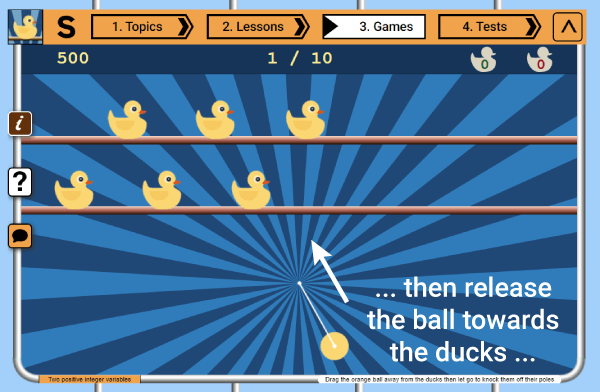
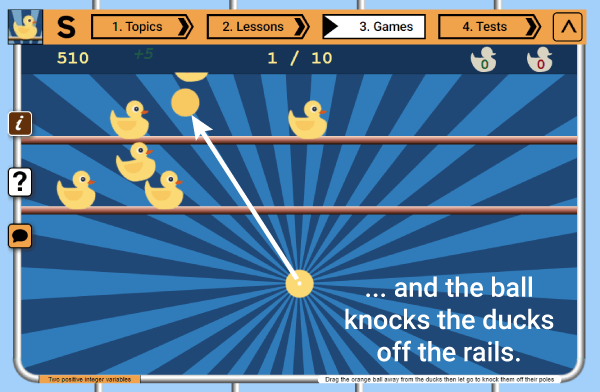
- In each level of DUCK SHOOT, knock over as many ducks as you can.
- Drag the orange ball back and away from the ducks then let go.
- This will release a flying ball that will shoot towards the ducks (hopefully).
- Any duck the flying ball hits will fall off the rail.
- You get 5 points for each duck you hit.
- You lose 5 points for each duck that escapes.
- When all the ducks have been knocked off or have exited the screen, you get a math question from your selected topic.
- Answering the question correctly adds 20 points to your score.
- A wrong answer takes 10 points away from your score.
- In each level there are more ducks.
- Your final score is a combination of the number of ducks you hit minus the number that escaped, plus the points you get from the math questions.
- There is a high score leaderboard for each topic.









